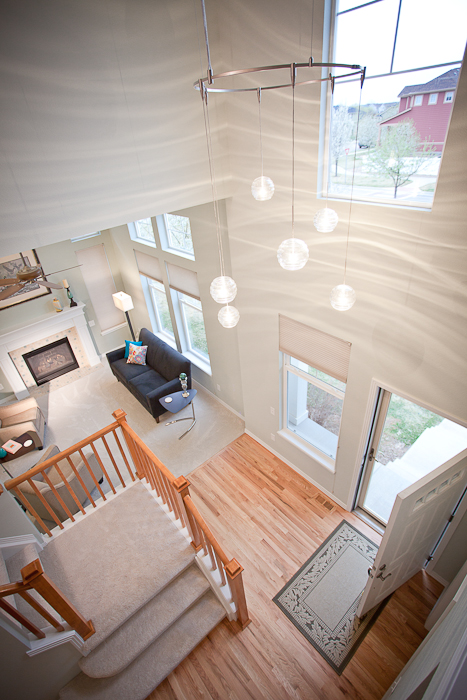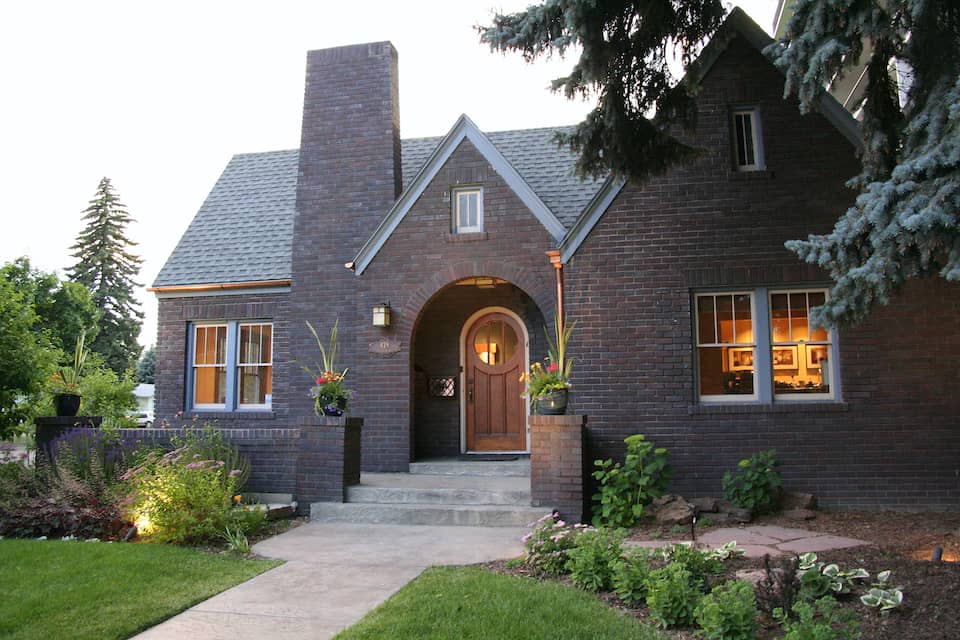With about 40 combined years of construction experience, we recognize the most successful remodeling projects are driven by thoughtful and comprehensive interior design. And because we think interior design is so important, we want to shed a little light on one of the most critical aspects of any great interior design plan: good lighting.
Lighting is powerful. It has the ability to enhance a room or make it uninviting. We need light to see color, and we use light and color to establish mood. Proper lighting guides our steps, reduces eye strain and helps us feel safe. Well-planned lighting can transform a harshly lighted or shadowy space into one that is comfortable and welcoming.
There are three basic types of lighting: ambient, task and accent. Interior designers often use a combination of the three to bring out the best in every living space, and they think about them early in the design process.
» Ambient lighting: Also called general lighting, it softens shadows on faces and is commonly the light used for basic activities like having dinner or doing homework. But on its own, without the influence of other types of lighting, it can wash out color and features. Ceiling fixtures, bright floor lamps and natural lighting from windows are good ambient examples.
» Task lighting: This increases light for a specific activity. Reading lamps, under-cabinet lights illuminating kitchen prep areas and desk lamps are a few examples. Ideally, task lighting should either be diffused with a shade or located between your head and the work surface to reduce glare, yet be bright enough to spotlight the task at hand.
» Accent lighting: It showcases decorative features such as artwork or architectural elements. This type of illumination creates a focal point and drama in a space and often makes details and colors pop. Examples of accent lighting include recessed adjustable fixtures (can lights) and track lighting. Some accent lighting can be more decorative than functional, such as wall sconces and pendants. These lights are perfect for adding a warm glow or splash of interest or color, to a space.
As you create interior lighting solutions, don’t forget about exterior lighting. Outdoor lighting can illuminate walkways and offer motion-sensor detection for added security. It can accent landscaping and water features and offer ambiance for backyard entertaining.
If you feel a smaller lighting project or larger design plan is too much to handle, enlist the help of a lighting design professional. They can help you create an electrical plan before you start remodeling, show you the latest technology and offer design solutions to make the most of your space.
And if you still feel in the dark about lighting, consider attending a free lighting seminar at 5:30 p.m. June 16 at HighCraft Builders, 429 S. Howes St., Fort Collins. Jeanne Godinez from The Light Center will discuss lighting options, tips, trends and more. To RSVP please CLICK HERE.

